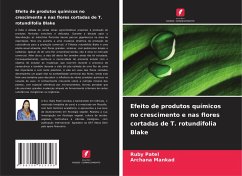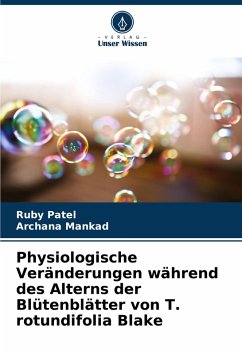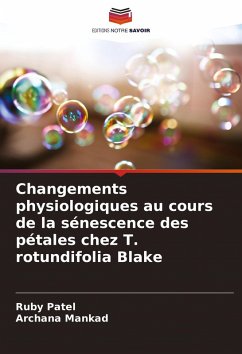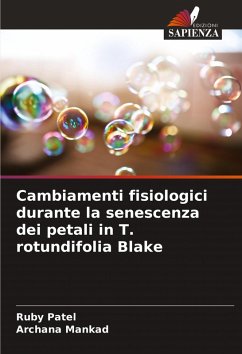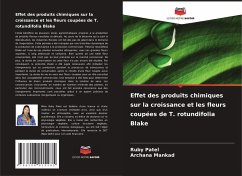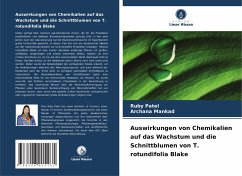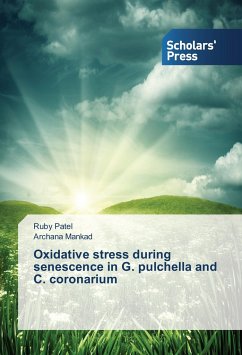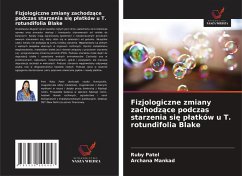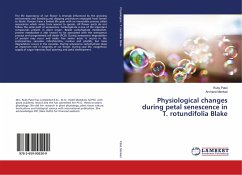
Physiological changes during petal senescence in T. rotundifolia Blake
Versandkostenfrei!
Versandfertig in 6-10 Tagen
33,99 €
inkl. MwSt.

PAYBACK Punkte
17 °P sammeln!
The life expectancy of cut flower is strongly influenced by the growing environment and handling and shipping procedures employed from farmer to florist. Flowers have a limited life span with an irreversible process called senescence which varies from species to species. All flower parts do not follow the same path of senescence. Carbohydrate is one of the important compounds present in plant organ. Beside carbohydrate metabolism, protein metabolism is also known to be associated with the senescence process and programmed cell death (PCD). During senescence degradation of protein may occur and...
The life expectancy of cut flower is strongly influenced by the growing environment and handling and shipping procedures employed from farmer to florist. Flowers have a limited life span with an irreversible process called senescence which varies from species to species. All flower parts do not follow the same path of senescence. Carbohydrate is one of the important compounds present in plant organ. Beside carbohydrate metabolism, protein metabolism is also known to be associated with the senescence process and programmed cell death (PCD). During senescence degradation of protein may occur and make free amino acids. It occurs in the proteosomes, vacuoles, mitochondria, nucleus and plastids, but mass degradation occurs in the vacuoles. During senescence carbohydrate plays an important role in longevity of cut flower. During vase life, exogenous supply of sugar improves bud opening and petal development.



